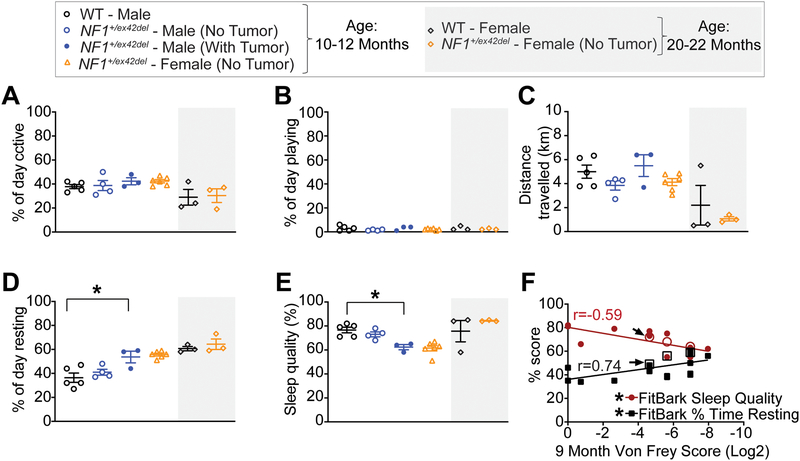Figure 3. NF1+/ex42del pigs exhibit poor sleep and increased time resting.
Scatter plots for (A) percent of day active, (B) percent of day playing, (C) total distance travelled, (D) percent of day resting, and (E) sleep quality for the indicated genotype and gender at 10–12 months or 20–22 months of age. Measures of both percent of day resting and sleep quality were affected in female and tumor-burdened male NF1+/ex42del pigs. Asterisks indicate significance between compared groups (*p<0.05; One-way ANOVA with Tukey post-hoc). (F). Correlation analysis between 9 month von Frey data and 10–12 month FitBark quality of life data indicates significant correlation (Pearson correlation coefficient values are indicated) between the two assays. Higher sensitivity to von Frey stimuli is associated with increased rest time and decreased quality of sleep (*p<0.05). Animals with tumor burden (open circles and squares) cluster towards higher scores on all three assays. One animal appeared to be transitioning to tumor formation during testing (arrows). As this animal scored lower than the animals with established tumors, it’s possible that tumor burden directly affects assay scores.

